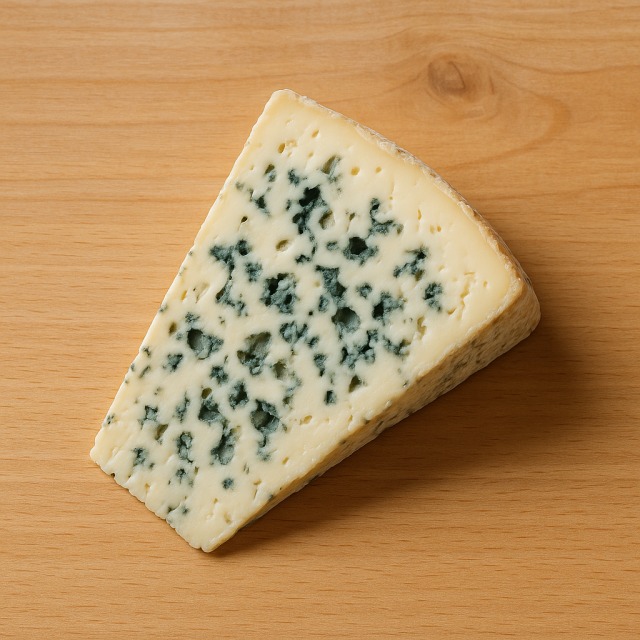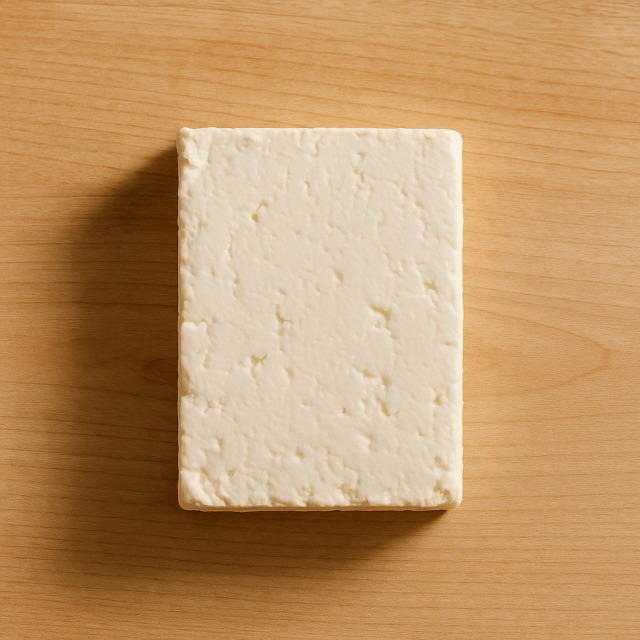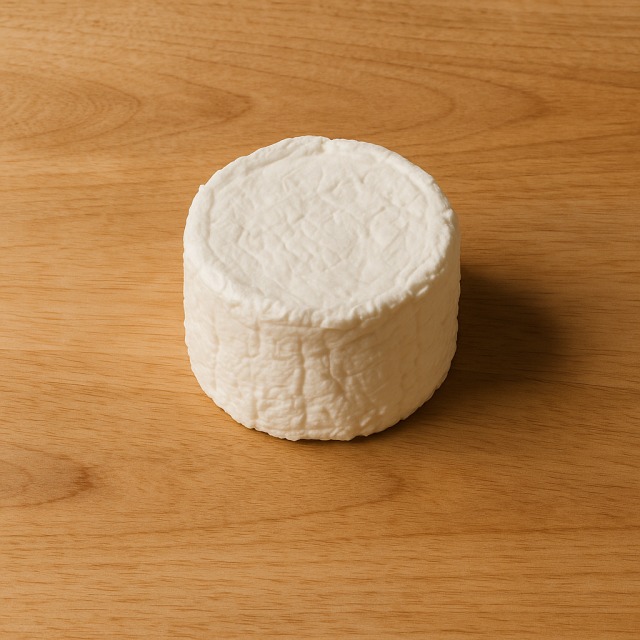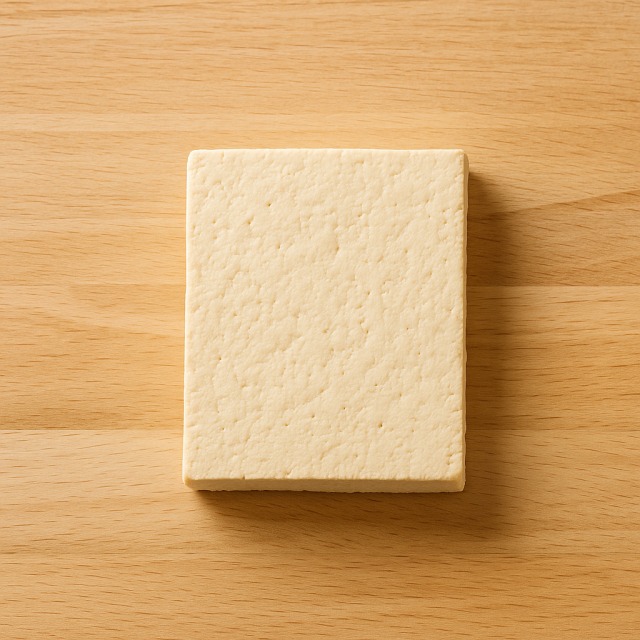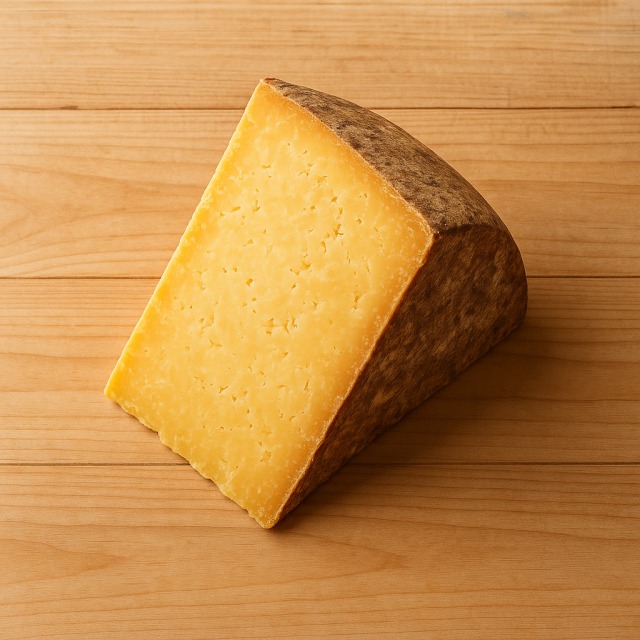Calorie Chart / Cheeses / Banon
How Many Calories Are in Banon?
Calculation of the nutritional value & Recommended Dietary Intake of Banon
For g and a calorie requirement of kcal
| Calories 91 kcal | Proteins 7.2 g | Lipids 6.4 g | Carbohydrates 1.2 g |
| 5% | 10% | 10% | 0% |
Health benefits of Banon
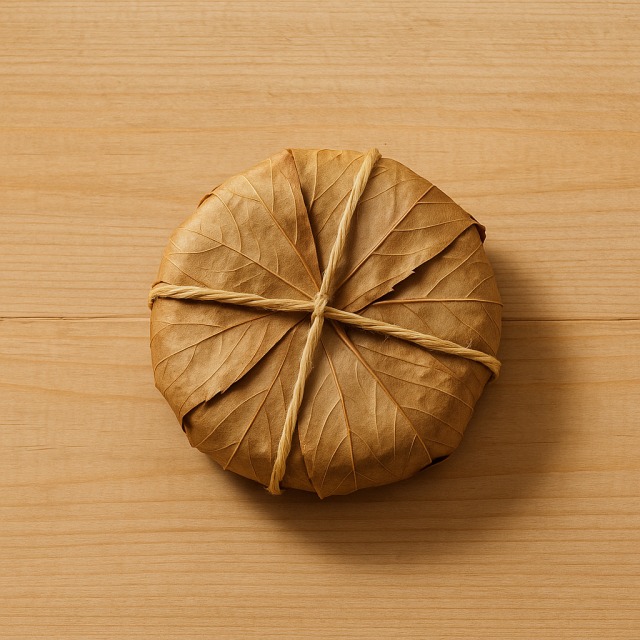
Banon - 100g
Calories 228 kcal
Proteins 18 g
Lipids 16 g
Carbohydrates 3 g
Banon is a handcrafted Provençal goat cheese that falls into the moderate-calorie category compared with many other cheeses. Its soft pâte and chestnut-leaf wrapping have made it an AOP product since 2003, and the natural affinage gives it a mild, nutty aroma.
Nutritionally, Banon supplies a generous amount of high-quality proteins, along with well-absorbed calcium and phosphorus that contribute to bone maintenance. Goat's milk is also a source of vitamin A (useful for vision and skin) and vitamin B2, while its fatty-acid profile contains more medium-chain triglycerides than most cow cheeses, making digestion supposedly easier for sensitive stomachs.
The chestnut leaves used for maturation were historically chosen to protect the cheese on long horseback trips across the Alpes-de-Haute-Provence; they are briefly dipped in local eau-de-vie, adding antioxidant polyphenols. All these assets make Banon a flavourful option for anyone tracking calories without giving up character on the plate.
Tips for incorporating Banon into a balanced diet
Because Banon already provides proteins and moderate calories, build balanced plates by pairing it with fibre-rich vegetables or fruit. For a quick lunch, place a small round of Banon on toasted wholemeal bread, then top with slices of ripe tomato and a drizzle of olive oil. The fibres help slow the absorption of the cheese's calories.
In a Provençal salad, crumble Banon over roasted beet, fresh walnut kernels and lamb's lettuce; this brings crunch, omega-3 fats and colour while keeping the overall calories reasonable. Banon also melts gently: try tucking a piece into the centre of a warm zucchini gratin just before serving for a creamy surprise without adding another sauce.
For dessert, replace heavy cream with a wafer-thin slice of Banon alongside stewed apple or fig; the sweet-and-salty contrast is satisfying, so you need less quantity—and therefore fewer calories—to feel full.
Frequently Asked Questions
- How many calories are in Banon?
- There are 228 kcal per 100 g.
- Is Banon lighter in calories than hard cow cheeses?
- Yes, Banon's calories are lower than many pressed cow cheeses that often exceed 350 kcal per 100 g, making it a moderate-calorie choice.
- Can I eat Banon on a high-protein, lower-calorie diet?
- Absolutely. Its notable protein content helps satiety, so a modest portion adds flavour without blowing your calorie budget.
- Does Banon melt well for recipes?
- It becomes creamy rather than stringy, perfect for stuffing vegetables or finishing a sauce while keeping an eye on calories.
- How should I store Banon?
- Keep it in its chestnut leaves in the vegetable drawer of the fridge; bring it to room temperature 30 minutes before eating to enjoy full flavour without feeling the need for larger, higher-calorie servings.
Similar foods
Information provided by Calorie Menu may contain inaccuracies or errors. It cannot, under any circumstances, substitute medical advice or medication.
